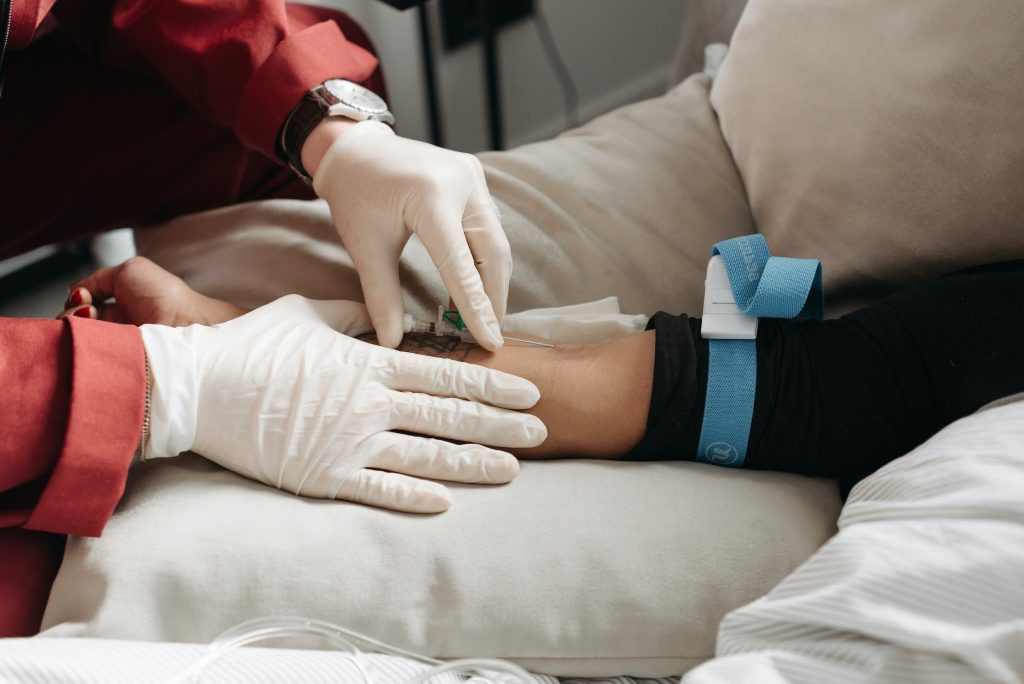
As the Mountain State faces some of the highest opioid related deaths in the nation, it’s not a matter of “if” you’ll witness the grips of addiction or overdose—it’s a matter of “when”.
Addition does not discriminate. And regardless of age, gender, race, or status, anyone can become addicted to opioids.
That’s why it’s important for children and teens to understand how to identify common overdose signs and symptoms among peers. Knowing the facts, and when to call for help, can be the difference between life and death.
What is an overdose?
An overdose occurs when the body receives a toxic load of a substance or multiple substances combined (1).
Overdose can happen with any drug, including alcohol, cocaine, or opioids, and may even occur with drugs prescribed by a doctor. Overdoses may be accidental or intentional. No matter the intent, all cases of overdose are serious and require immediate medical care.
Common Overdose Signs & Symptoms
If you notice the following signs and symptoms in a person you know—or in a stranger—they may be experiencing an opioid overdose.
- Small or large pupils. Pupils change based on lighting and emotions, but during an overdose will appear very small or large regardless of other variables.
- Abnormal breathing. Opioids impair your ability to breath and function. Commonly referred to as a “death rattle,” a person who is overdosing on opioids may display labored noises while breathing that sound like choking, snoring, or gurgling (2).
- Blue lips or fingertips. When breathing slows or stops, it can mean the body isn’t receiving enough oxygen. Lack of oxygen causes lips and extremities to turn blue.
- Shivers, tremors, or seizures. During the initial stages of an overdose, a person may tremble, shake, or shiver. If not treated promptly, these symptoms can turn into a seizure, which can be fatal (3).
- Nausea or vomiting. A common sign of opioid overdose is extreme nausea with vomiting. If the person is unconscious, they could “aspirate,” or choke, on the vomit.
- Chest pain. Opioids can throw off your heart’s normal rhythm, causing irregular heartbeats called arrhythmias. According to the American Heart Association, opioid-induced cardiac arrests are a common cause of death in the United States and frequently occur in young individuals (4). Chest pain is a hallmark sign of heart troubles during an overdose.
- Lack of consciousness. A person experiencing an overdose may be unconscious and unresponsive.
What do I do if I think someone is overdosing on opioids?
If you notice overdose signs and symptoms, it’s a medical emergency. Consider taking the following steps to get them the help they need.
- Call 9-1-1-. Be sure to take note of your current location and address if you know it.
- Find an adult. If an adult is near, inform them of the situation.
Learn more about GameChanger.
Created in 2018, GameChanger is a student-powered movement with focus on substance misuse prevention among youths. We connect students, educators, and communities with education, training, coaching, and support services to prevent opioid and other drug use before it starts.
References
- Drug Overdose Signs and Symptoms. Mosel, Stacy. American Addiction Centers. 19 January 2023. Accessed from: https://drugabuse.com/drugs/overdose/
- Opioid Overdose. Indian Health Service. Accessed from: https://www.ihs.gov/opioids/naloxone/opioidoverdose/
- Drug Overdose Symptoms You Should Know. Georgia Addiction Treatment Center. 25 June 2020. Accessed from: https://georgiaaddictiontreatmentcenter.com/drug-overdose-symptoms/
- Opioid-induced cardiac arrests are focus of new report. American Heart Association. 08 March 2021. Accessed from: https://www.heart.org/en/news/2021/03/08/opioid-induced-cardiac-arrests-are-focus-of-new-report